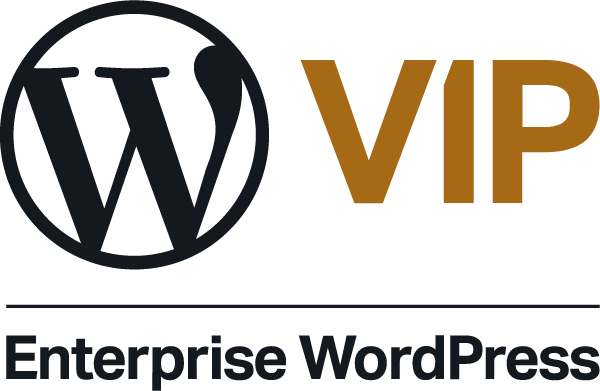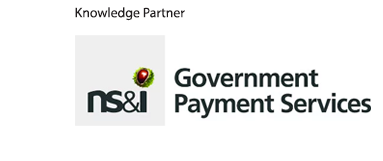AI productivity for public sector: A C$700bn opportunity

Aneeta Bains, managing partner, Canadian Federal Public Service, IBM Canada
Two years ago, no one could have predicted the rapid and sustained development and integration of generative AI into our everyday work and personal lives. Today, AI is pervasive across governments and businesses, yet according to Gartner, on average, 54% of AI projects never move beyond the pilot stage, caught up in various issues involving complexity, organizational culture, cost and aversion to risk.
At the same time, the cost of training frontier models is rising at a rate of 2.4x a year and the technology capabilities are changing rapidly. The emergence of AI agents – systems that autonomously break complex problems into manageable pieces to come up with new solutions – is a further leap forward. These agents will gather data, make decisions, and perform tasks, continuously refining their approach. Gartner predicts that by 2028, one-third of all enterprise software will integrate agentic AI, up from less than 1% today.
Despite these challenges and changing capabilities, the rewards for public sector institutions could be vast. McKinsey estimates that generative AI could have a C$700bn “productivity effect” on public sector and adjacent industries.
Government transformation: From +AI to AI+
There’s no doubt AI holds immense potential. How do public sector organizations unlock this productivity potential without getting lost in adoption challenges? Public sector implementations require essential frameworks, technology and skills building blocks for success.
To start, organizations need to understand where they stand now. Many organizations simply bolt AI onto existing processes — a department may integrate an AI-powered chatbot into its citizen services without rethinking the overall workflow. The chatbot AI is not fully aligned with the broader system, limiting its potential impact. Let’s call that “+AI”, and it never really delivers the full promise of AI.
The real shift to reaping the productivity benefits of AI begins when AI becomes the driving force behind organizational transformation. This shift involves rethinking workflows, strategies, and even operating models around AI. Complete alignment of organizational and technology strategy. We call this AI+, and that’s your North Star.

For most organizations, the journey to AI+ begins with experimentation – testing a few use cases here and there. As they gain experience, they fine tune their models and integrate AI in very specific and targeted places. The real tipping point comes when AI is applied across coding, digital labour, and process automation, embedding itself deeply into the organization.
At IBM, for example, we helped eliminate waste within our travel and expense processes by designing an AI and automation driven implementation to review gifts and transportation spending. The new system, designed and implemented in 12 weeks, flags potential issues, notifies employees and handles inquiries – immediately improving financial oversight and efficiency.
How does your organization or department go from +AI to AI+?
The five building blocks of AI productivity
To overcome these challenges and make the jump from +AI to AI+, organizations need a structured approach built on five key pillars: focusing on the right use cases, creating a strong data foundation, implementing robust governance, leveraging AI assistants and agents and skilling people.
1. Focus on the right use case
A successful AI approach is built on prioritizing the right use cases. Areas like customer service, IT operations, and digital labour have already seen significant AI-driven improvements. By targeting strategic use cases such as these, organizations can demonstrate ROI, secure buy-in from leadership, and avoid project stagnation.
2. Build a strong data foundation and use flexible models
Data is the lifeblood of AI, but only 1% of enterprise data is currently utilized in large language models. To harness AI’s full potential, organizations need to break down data silos and adopt architectures that integrate on-premise, multi-cloud, and edge data. Equally important is model flexibility. A public sector organization doesn’t likely need a model that has ingested the entire works of Shakespeare in its training data. Smaller, fit-for-purpose models are proving more cost-effective and efficient than mega models. These smaller models are typically open-source, customizable, easier to deploy, and can provide more significant intellectual property and data privacy control for an organization’s proprietary data.
3. Implement end-to-end governance
Proper governance is essential as AI adoption accelerates. Regulatory frameworks can impose hefty penalties for non-compliance. Trust aspects can be addressed by customizing models on your organizational data so answers are relevant. Transparency is essential so users have trust in the AI solution. Ask what data sets the model was trained on, what methodologies were used, how the model shows that the AI reached its conclusions and can it point to the underlying data insights. Once adoption grows, the work gets too complex to manage governance manually. Automation tools can help detect risks, ensure compliance, and provide transparency across AI systems. Strong governance reduces risks and builds trust, providing a sense of security for organizations extending their AI adoption.
4. Leverage AI assistants and agents
AI assistants and agents amplify productivity gains. Assistants simplify tasks and improve access to information, while agents operate autonomously to drive outcomes, learning and acting on behalf of teams. When it comes to the age of agentic AI, businesses should seek three critical features: pre-built agents for rapid deployment, customizable agents tailored to specific needs, and orchestration tools to manage multiple agents seamlessly.
5. Facilitate adoption and build skills
Realizing this C$700bn opportunity requires us to get all these technology building blocks right. In parallel, we have to skill people across all organizational disciplines to make the best use of AI technology. Leaders have a responsibility to engage and bring their people on the journey, to drive adoption and to give them the skills, confidence and ability to successfully use this technology in their work.
The AI+ public sector organization is here
We are at a pivotal moment. The future of AI is here and developing rapidly. By focusing on strategic use cases, building a solid data foundation, implementing governance, leveraging AI assistants and agents and building employee’s skills, organizations can transition from +AI to AI+. This transformation has the potential to unlock unprecedented productivity gains, drive innovation, and secure lasting advantages for our institutions and the constituents they serve.
The C$700bn AI productivity opportunity is within reach. What will you do to embrace it?
Easily create personalized generative AI-powered assistants and agents to automate and accelerate your work with IBM watsonx Orchestrate.

















